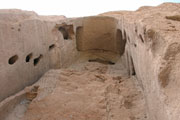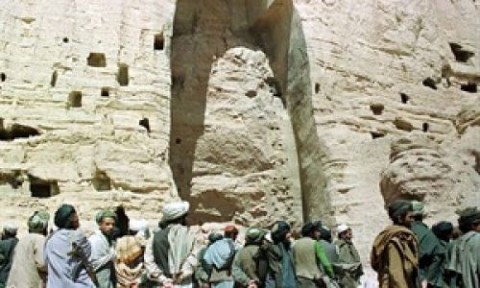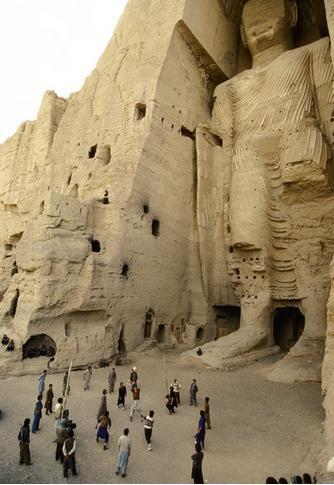
“The two monumental statues had stood for one and a half millennia as proud testimonies to the greatness of our shared humanity,” the Director-General of the UN Educational, Scientific and Cultural Organization (UNESCO), Irina Bokova, said in a statement. “They were destroyed in the context of the conflict devastating Afghanistan and to undermine the power of culture as a cohesive force for the Afghan people.”

Ms. Bokova noted that UNESCO and the world “watched helplessly” ten years ago as Taliban Government leader Mullah Mohammed Omar ordered tanks and artillery to bombard and dynamite the huge statues carved in enormous mountain niches, beginning on 2 March 2001.
“Since then, we have witnessed other instances where cultural heritage has fallen prey to conflict, political turmoil and misappropriation,” she added, calling on governments, educators and the media to raise awareness of various international accords preserving cultural properties and banning looting, smuggling and the illicit trade in cultural objects.
Tolerance and cultural rapprochement will be the theme of a commemorative forum at UNESCO’s Paris headquarters on 2 March, followed by the 9th Bamiyan Expert Working Group on 3 and 4 March – both of which are being organized with Afghanistan’s Permanent Delegation to UNESCO.
Formed in 2002, the Expert Working Group brings together Afghan officials, international experts, donors and other stakeholders with the aim of safeguarding Bamiyan. The future of the niches and options to present the remains of the Buddha statue will be among the subjects to be examined by the group next month.
UNESCO does not favour rebuilding the Buddha statues, but the experts will examine other ways to present the remains and niches while maintaining research and preservation at the site, which testifies to the region’s rich Gandhara school of Buddhist art that integrated different cultural influences from East and West during the 1st to 13th centuries.
The site contains numerous Buddhist monastic ensembles and sanctuaries, as well as fortified edifices from the Islamic period.
Source: http://www.un.org
UNESCO commemorates the 10th anniversary of the tragic destruction of the giant Buddha statues of Bamiyan
